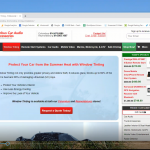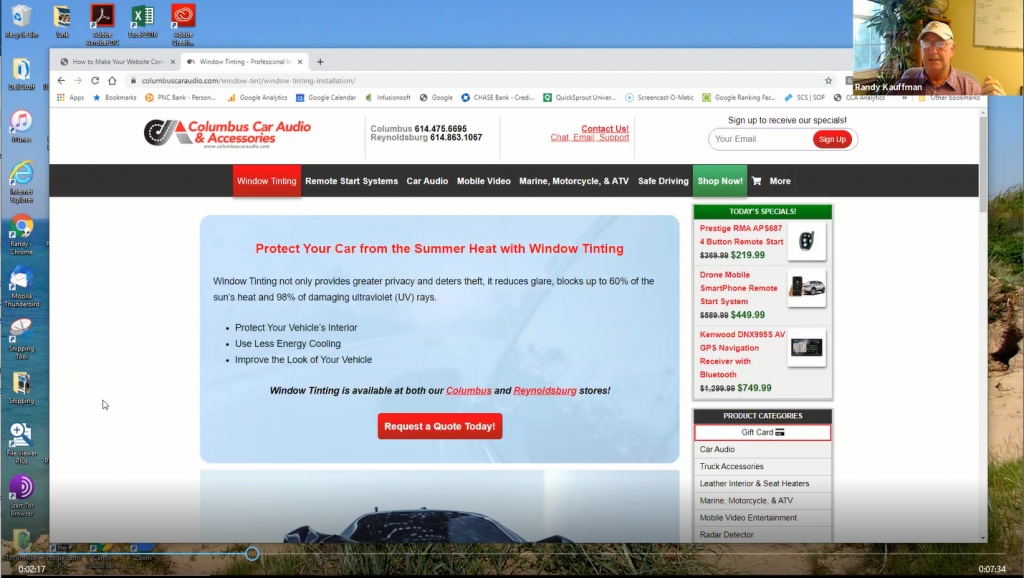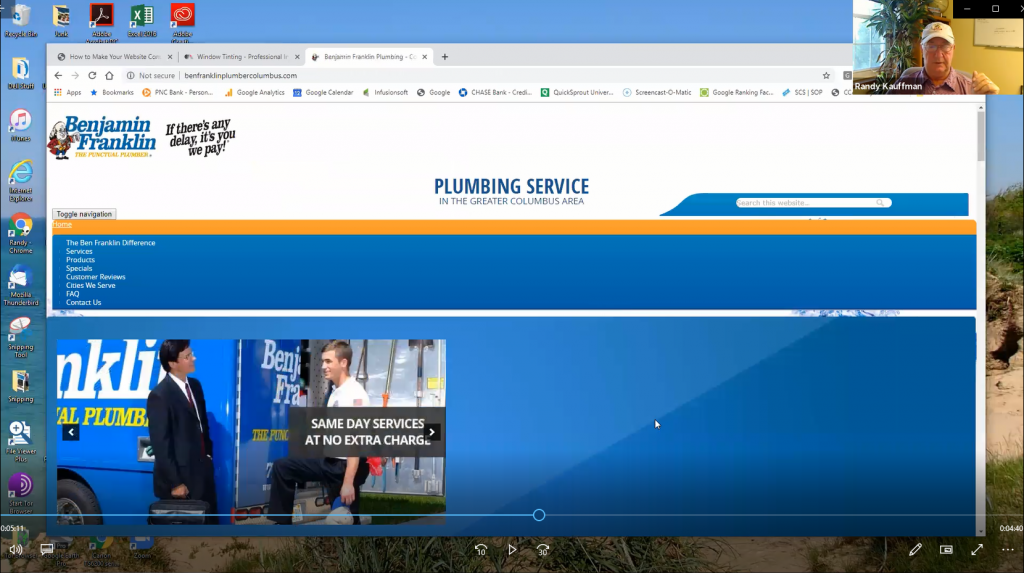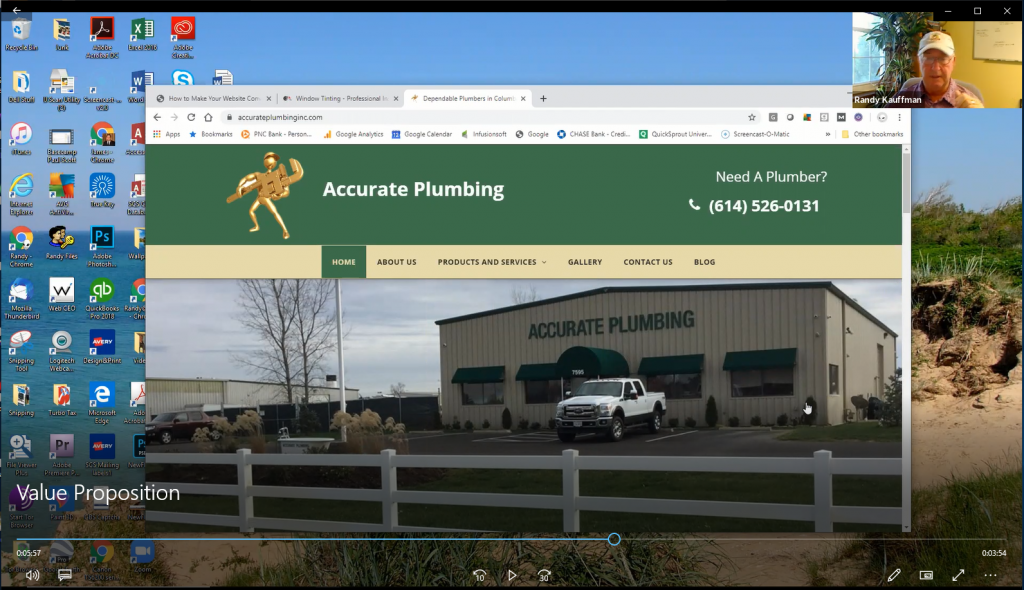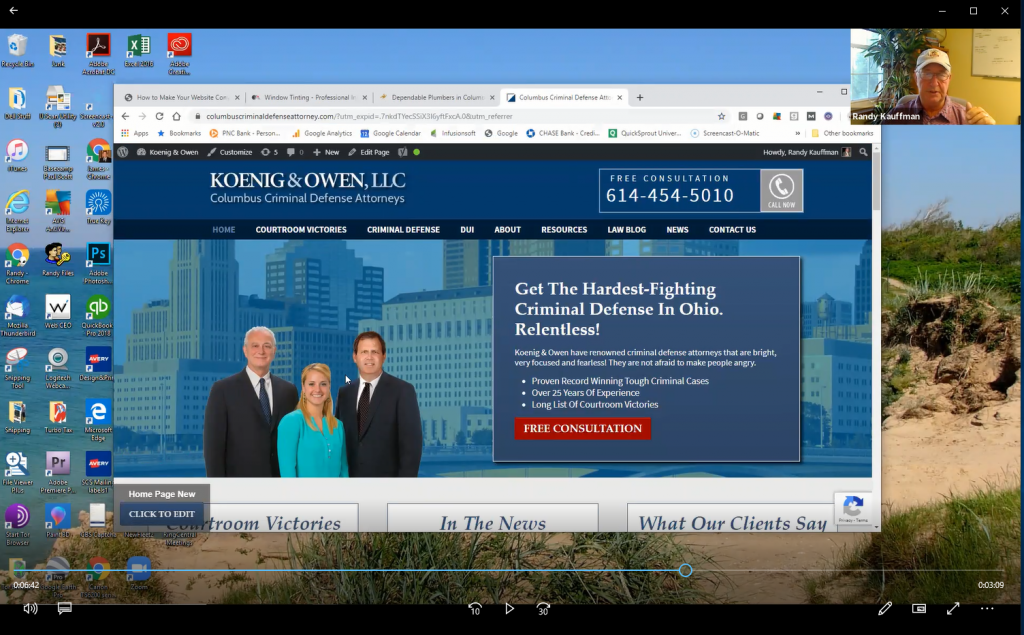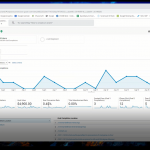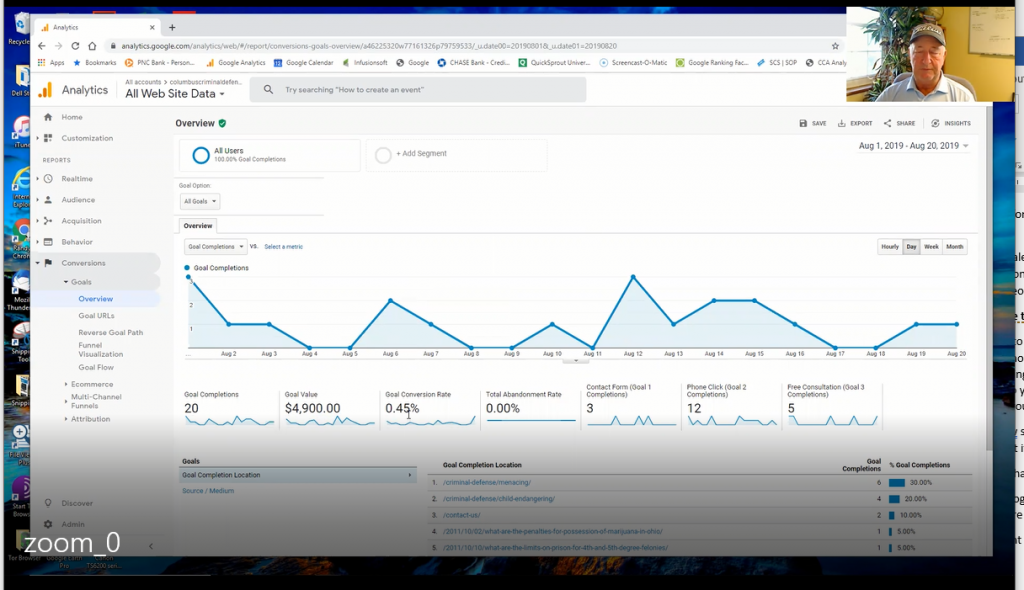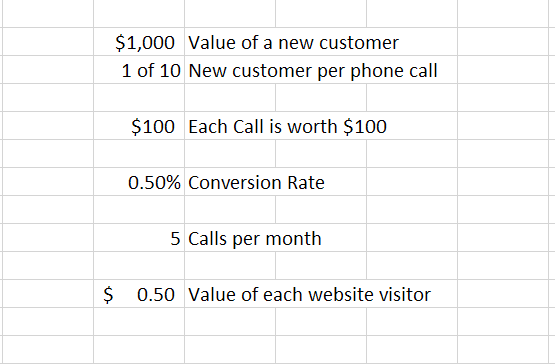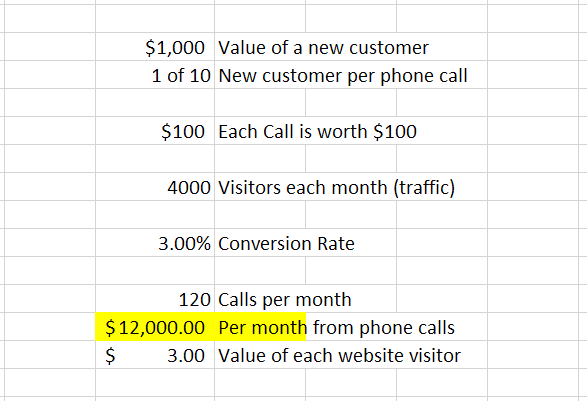Have you ever wondered how to determine how well your website is doing? Randy Kauffman, the Founder and President of SuperCoolSites.com shares how to use the data from your website to help you determine the effectiveness of your website to increase your traffic, leads, and sales.
This post is number 3 of a 3 part series with the purpose to help you get more traffic, leads, and sales.
The simple goals of your website is to get more traffic, convert that traffic to leads, and convert those leads into sales. This is what we call The 3 Simple Website Goals.
This is part of a 3-part series on how to help your website convert more.
The first article was on setting up Google Analytics on your site so you can see what percentage of visitors you are converting to take action on your site. Google Analytics also tells you how many visitors you are receiving daily. There are other programs you can use for analytics, but we think Google is the best because they give very detailed information.
The second article was on how to create a value proposition, which is a great way to increase your conversion rate. We had one particular client that made over a million dollars off of one value proposition in a period of 18 months.
The Reason It is Important To Know How Well Your Website Is Doing
The reason you’ll want to know how well your website is doing is mostly for advertising purposes. If you know how much each visitor is worth, you can spend less than that in advertising to get them to your website.
The problem with businesses spending money on advertising that doesn’t work is that they don’t know how well their website is doing in the first place. They spend thousands of dollars to drive traffic to their website without knowing if their website is helping them convert that traffic to leads.
How to determine how well your website is doing.
Let’s start out by assuming you’ve followed along, and you have Google Analytics set up on your website. When you know how much traffic you have and how much you are converting that traffic to leads and those leads to sales, it is easy to calculate the value of a single site visitor.
How to calculate the value of a single website visitor.
We’ve made it super easy for you to calculate with our Website Conversion Calculator.
For this example, we are going to use the following numbers:
Gross revenue per sale: $1000. We have clients that range anywhere from $20 a sale to well over $20,000 for a single sale. This example number makes it easier to see how the calculations are done.
Profit Percentage: 50%. Fifty percent is an average profit percentage for our clients. You can calculate your own profit percentage by taking the difference between your gross revenue per sale ($1000) and the cost ($500) and then dividing the gross profit ($500) by the revenue ($1000). In this case it gives you a profit margin of .50. Multiply that number by 100 to get the profit percentage 50%.
Website Visitors Daily: 20. This number comes directly from your Google Analytics. To get the most accurate number to use for your daily visitors, take an average of the past 30 days of visitors.
Conversion Rate: .25% As a reminder, the conversion rate is the number of people you get to take an action from your website. Those actions can be anything from clicking on a coupon, filling out a form, calling your office, or clicks on something that is for sale on your site.
Percentage of Contacts Sold: 50%. If you are in the service businessand you sell to half of the people who took action on your website, your percentage of contacts sold would be 50%.
Repeat Business $2000. Depending onthe type of business you are in your repeat business will vary. A criminal defense attorney may not have any repeat business; however a carpet cleaning business may have quarterly repeat business from a single client. It is a lot less expensive to keep a current client than it is to attract a new one.
So let’s calculate this and see what we get.
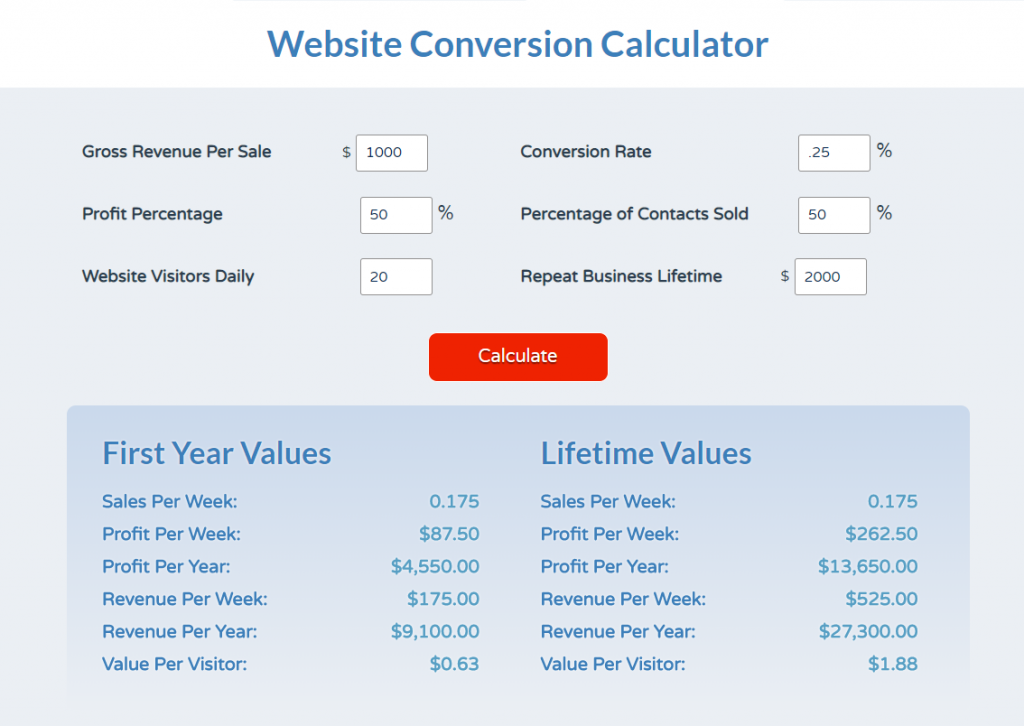
Consider The Lifetime Value of a Customer
In our example the lifetime value of a new visitor is tripled. That is because we are taking the gross revenue per sale ($1000) and adding the value of their potential repeat business($2000). In this example this triples the lifetime value of each new site visitor.
This is important to know because a lot of companies are willing to lose money in the first year in order to have a client they can keep. This is less expensive than attracting a new client. So the value per visitor goes up by 3 times.
The Infinite Possibilities for Increasing How Well Your Website Is Doing
Let’s change some of these numbers and see how we can increase our profits!
Imagine if you were to increase your conversion rate from 0.25% to 2.0%. You could do this by working on your value propositions on your website as we talked about in a previous article.
With just that one change, you can increase your sales per week from 0.175 to 1.4 sales per week giving you a revenue of $1,4000 per week. That’s a huge difference from $87.50!
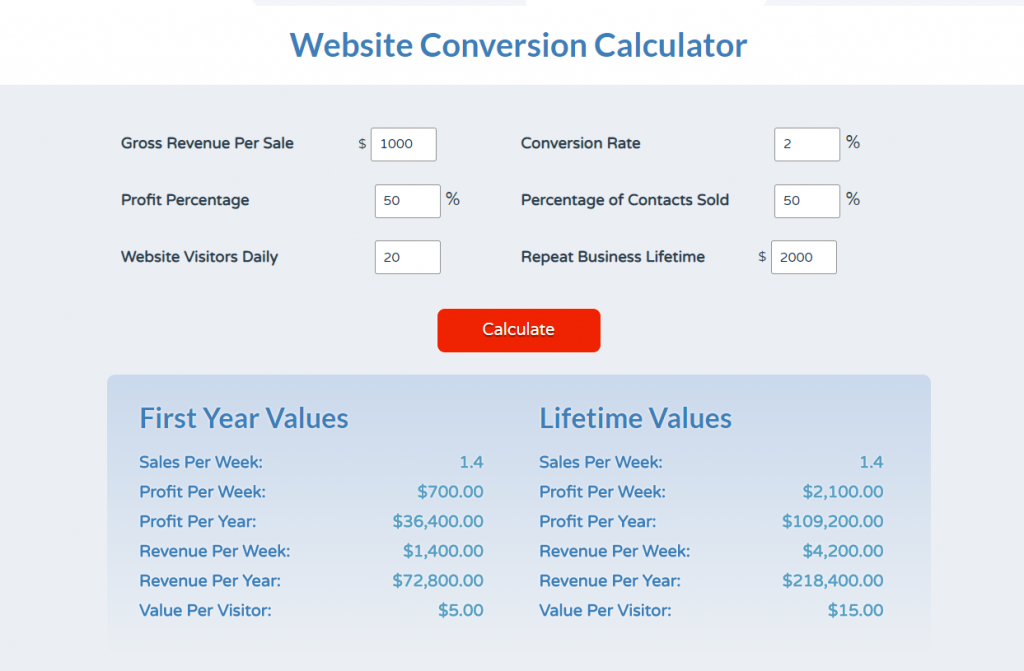
Planning For Your Future
Now you are getting to the point where you can start doing some advertising.
Let’s say you are doing a 5-year plan and you can now see that a new visitor is worth $15 in lifetime value. You might be wiling to invest $7.50 to attract a new client.
Let’s look at another example. Let’s say you really work on your site and you get your conversion rate up to 4% which increases the value of each new visitor to your site to $10. Most of our clients do convert at about 4%, so this is a reasonable number to reach towards.
Using Data Driven Advertising as A Business Tool
So you have your conversion rate up to 4% which brings the value per visitor to $10 per visitor to your website, now you can start advertising.
In this case it is easy to see that investing $5 to attract a new client would be a sound idea. But let’s check with our website conversion calculator to be certain.
Let’s see what happens when we purchase 30 new clients at $5 each in advertising dollars. Your investment in advertising increases the number of visitors and increase the number of sales. So you can see that your profit per year is $182,000, your Revenue per year is $364,000 and your lifetime values go way up.
You’ll want to make sure you calculate your Advertising costs into the equation to make sure your numbers are going up. In this case your profit per year went up to $182,000 and your advertising expenses were $54,750. This makes your simplified gross profit around $127K for the year. That is still a heck of an increase from the $72,800 that you would have received without advertising at all.
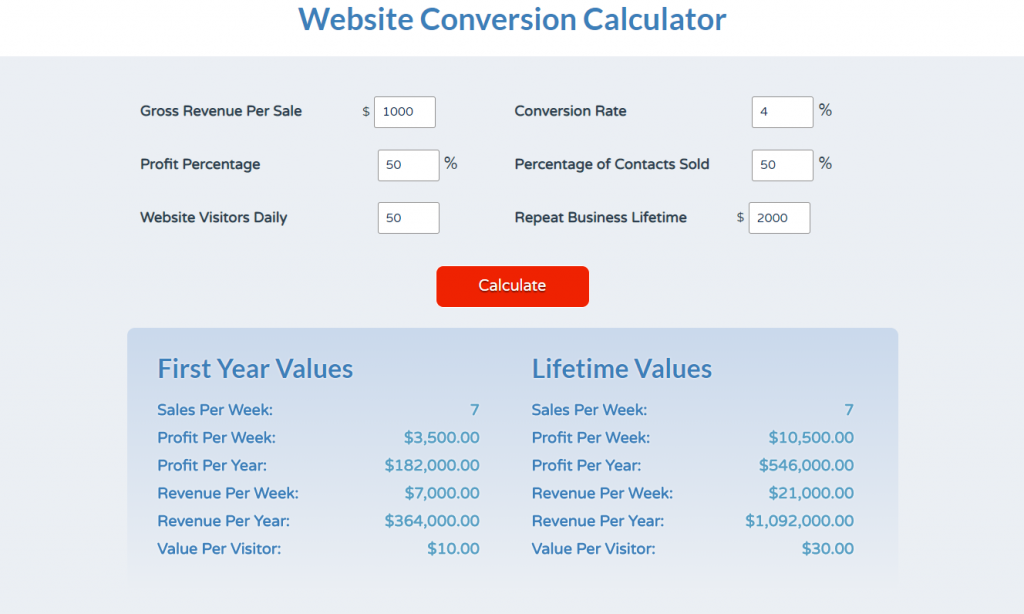
Now It’s Your Turn!
When you know your numbers and you see your conversion rate is 1% you can find out what each visitor is worth and you can use that number to invest in more traffic, so you can increase the number of leads you get, and you can get more sales!
Step 1 in increasing your conversion rates is to Determine What Each Visitor To Your Website is Worth.
Step 2 is to add value propositions to your website.
Step 3 is to determine how well your website is doing using this post in combination with our Website Conversion Calculator
Watch Randy explain this article in this YouTube Video.



